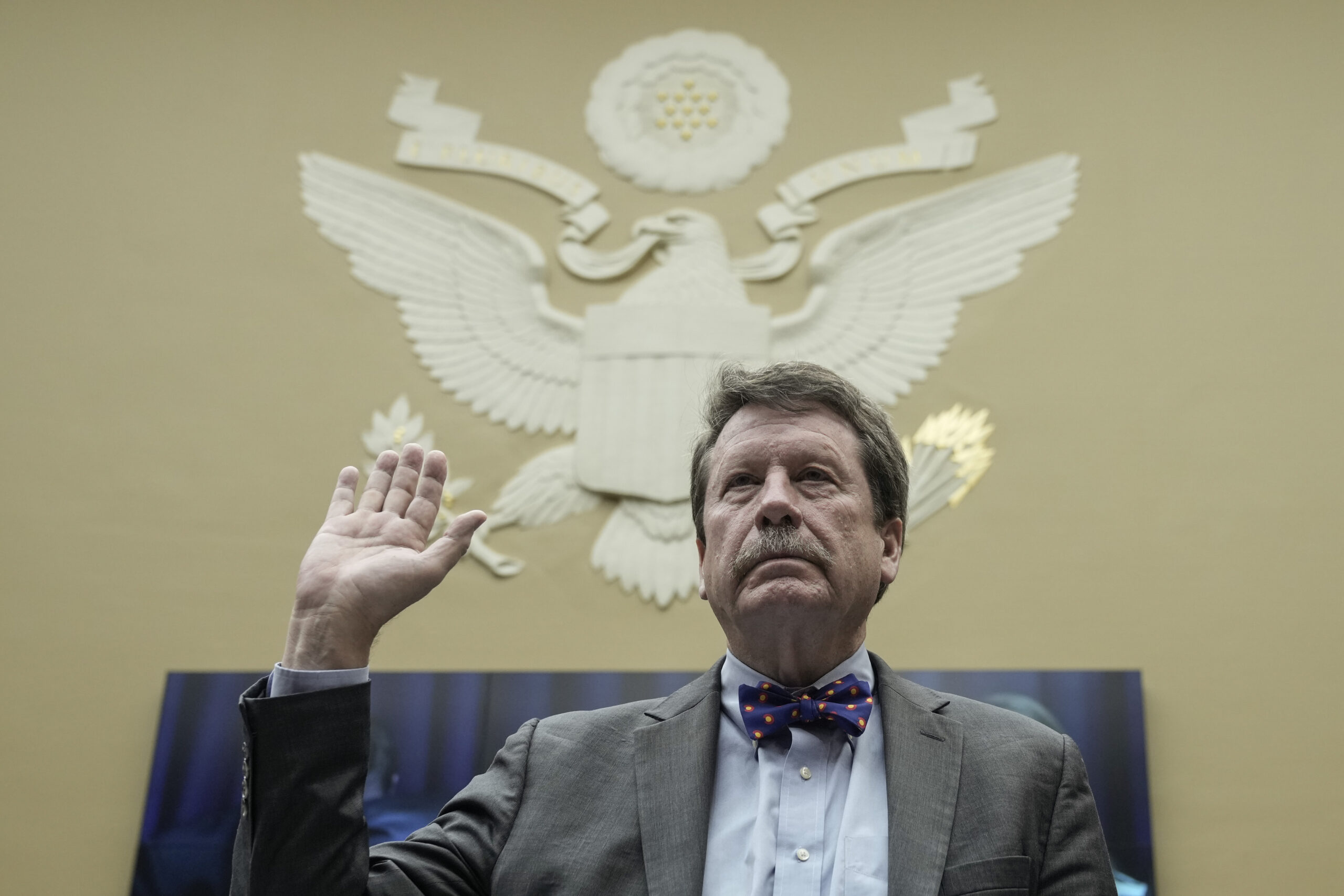
FDA commissioner floats ideas on how to better handle the pandemic
FDA Commissioner Rob Califf joined the heads of the CDC and NIH in the hot seat today before a key House subcommittee, explaining that there needs to be a much faster, more coordinated way to oversee vaccine safety, and that foreign biopharma inspections, halted for years due to the pandemic, are slowly ramping up again.
Califf, who stressed to the House Energy and Commerce’s Subcommittee on Health that the CDC also needs better data, made clear that the FDA’s ability to monitor the safety of vaccines “would also benefit greatly by a coordinated federal public health data reporting authority.”
Unlock this article instantly by becoming a free subscriber.
You’ll get access to free articles each month, plus you can customize what newsletters get delivered to your inbox each week, including breaking news.